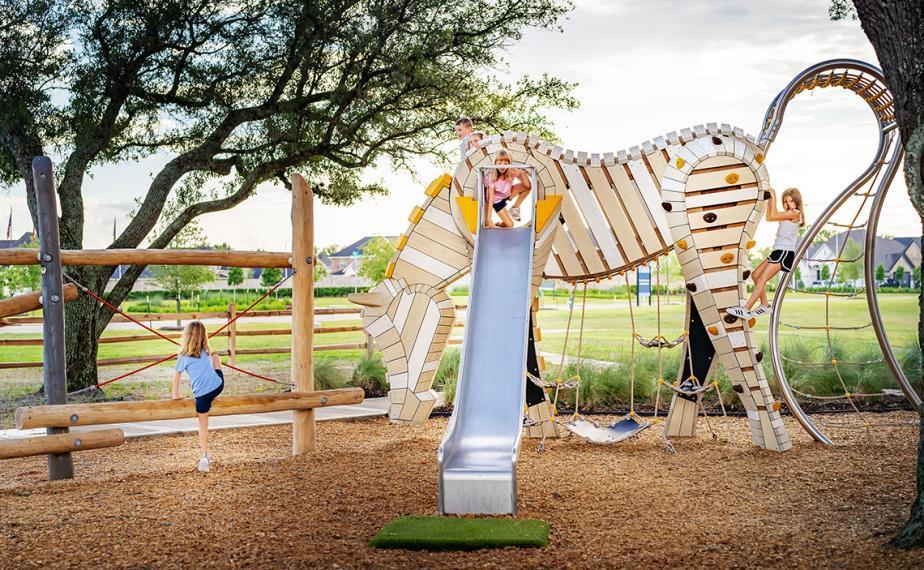Why Playground Design Matters
Playgrounds are more than just recreational spaces—they’re vital environments where children develop social, physical, and cognitive skills. A well-designed outdoor playground encourages movement, sparks imagination, and fosters inclusivity. Beyond entertainment, creative playgrounds help children build confidence, improve coordination, and engage in cooperative play. When thoughtfully designed, they can transform a community space into a hub of growth and joy.
Balancing Safety and Exploration
Safety is the foundation of playground design, but it should never limit creativity. Designers must choose durable, weather-resistant materials and follow safety standards for heights, surfacing, and spacing. At the same time, equipment should offer just enough challenge to keep kids engaged and learning. For example, climbing nets and balance beams can provide adventure while still meeting safety guidelines.
Incorporating Natural Elements
One of the best ways to encourage creativity is by blending nature with play. Logs, boulders, sand, and water features spark imaginative scenarios while developing sensory skills. Natural elements also connect children with the outdoors, offering opportunities for unstructured, free play. These features make playgrounds feel less mechanical and more like an extension of the natural environment.
Zones for Different Age Groups
Children of varying ages have different developmental needs. A creative playground design includes dedicated areas for toddlers, preschoolers, and older children. Toddlers benefit from low platforms, slides, and sensory play, while older kids thrive with climbing towers, zip lines, and obstacle courses. Clearly defined zones ensure all children have age-appropriate challenges and safe spaces to explore.
Adding Interactive and Inclusive Features
Modern playgrounds are moving beyond traditional swings and slides. Interactive play panels, musical instruments, and imaginative structures inspire storytelling and cooperative play. Inclusivity is also essential—ramps, wide pathways, and sensory-rich equipment allow children of all abilities to participate. Designs like Inspire Play outdoor playgrounds emphasize accessibility while still offering adventure and creativity for everyone.
Encouraging Social and Cooperative Play
Playgrounds should promote interaction, not just individual activity. Multi-user swings, group spinners, and large climbing nets encourage teamwork and shared fun. These elements help children develop communication skills, empathy, and cooperation, all while staying physically active. Spaces that allow for both quiet play and group games provide balance for diverse personalities.
Designing for Aesthetic Appeal
A creative playground should also be visually engaging. Bright colors, themed structures, and artistic designs make the space inviting and exciting. Whether modeled after castles, ships, or jungle adventures, themed designs spark imaginative play while creating a memorable experience for children and families.
Conclusion
Designing creative outdoor playgrounds requires balancing safety, inclusivity, and imaginative play. By incorporating natural elements, age-appropriate zones, and interactive features, communities can create spaces that truly engage children on multiple levels.














